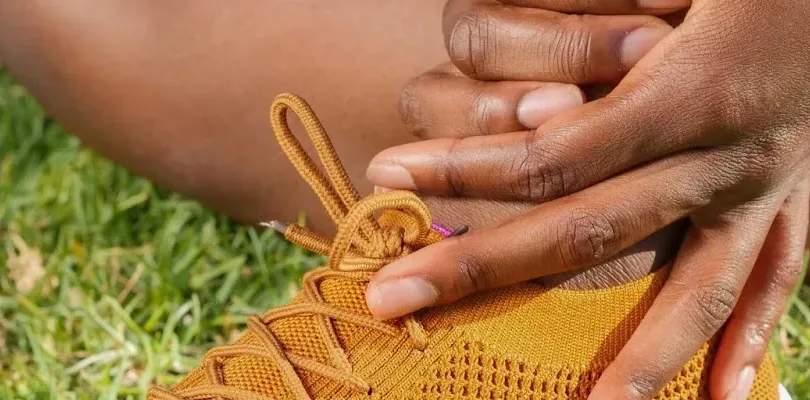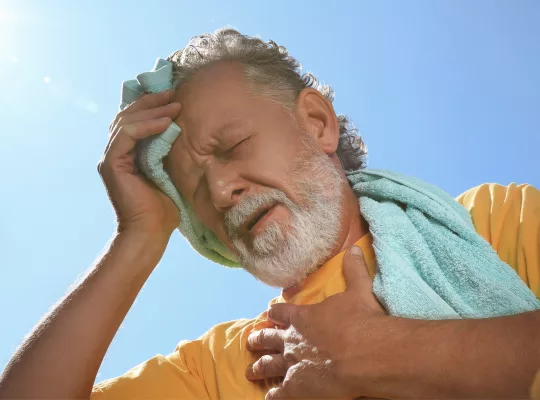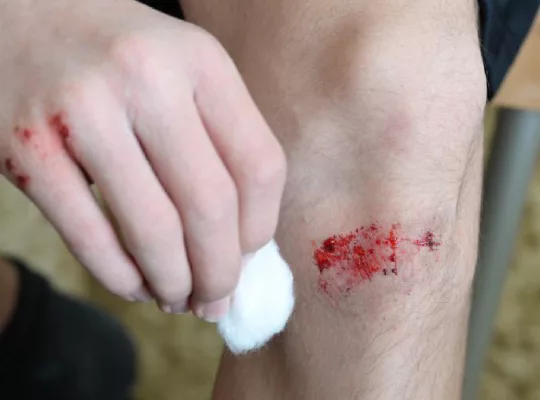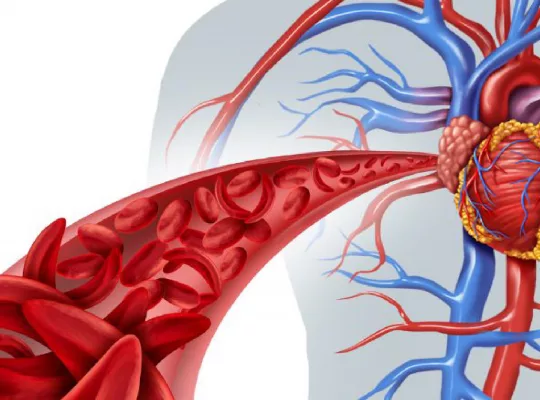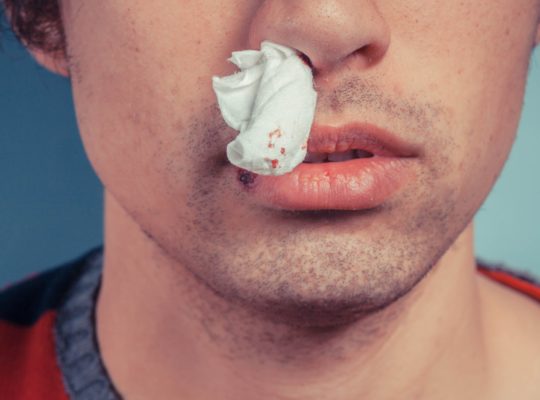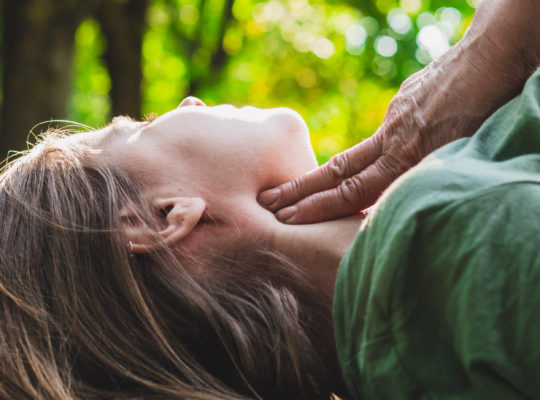Fresh air, stunning views, and adventure call out to many people, which is why hiking, biking, and camping are gaining fans as people seek breaks from daily life. However, these activities can lead to minor injuries like bumps and bruises.
Being ready for these injuries ensures a smooth adventure. Picture a scene: a hiker miles away from towns, tackling a tough trail, and stumbles. Knowing how to wrap knee prevents pain and stops the injury from getting worse.
This guide provides the needed skills to handle common outdoor injuries, turning anyone into a well-prepared explorer. Before setting out, remember to tie those boots, pack the essentials, and equip yourself with first-aid knowledge.
Essential First Aid Kit Items for Outdoor Adventures
Pexels
Exploring nature can be enriching. However, minor injuries can interrupt even the most scenic outing. A well-prepared first-aid kit is essential. Here are the main supplies that should be included:
- Gauze Pads and Bandages: These items treat wounds effectively, so various sizes of gauze pads should be included to clean and cover wounds. Choose sterile, non-stick gauze to protect the injury. Also include assorted sizes of adhesive bandages for quick application and elastic bandages for sprains.
- Antiseptics and Wound Cleaning Supplies: Clean wounds help prevent infections, so antiseptic wipes or saline solution should be included. Hydrogen peroxide is useful but should be diluted with water before use.
- Additional Wound Care Supplies: Tweezers remove splinters or thorns efficiently. Irrigation syringes clean out dirt from deep wounds. Pain relievers like ibuprofen or acetaminophen help ease discomfort.
How to Treat a Scraped Knee
Proper care is crucial to avoid infection and speed up healing when someone falls down and hurts themself. Here is how to treat a scraped knee:
- Cleaning is essential. Dirt can increase the risk of infection, so use a clean water source to rinse the wound thoroughly. Mild soap and soft cloth may help clean the area. Direct soap application on the scrape is not advised as it may irritate the skin.
- Inspect the knee closely. Any pebbles or dirt should be removed with sterilized tweezers. If tweezers are unavailable, leaving the items where they are so as not to risk further damage.
- After cleaning, protection is necessary. A thin layer of antibiotic ointment can prevent infection and keep the wound moist. Covering the scrape with a sterile bandage or gauze pad will protect it from dirt and keep the bandage from sticking.
- The bandage should be kept clean and dry, changing it daily or when it becomes dirty or wet. Large, deep scrapes or any signs of infection, like redness, swelling, or pus, require medical attention.
By following these steps, a scraped knee can heal quickly and safely, allowing a swift return to outdoor activities.
Addressing Insect Bites and Stings
Exploring nature often brings encounters with insects such as mosquitoes, bees, and ticks. While these bites and stings can cause minor discomfort, they can also lead to serious allergic reactions or infections. It is important to know how to manage these incidents for anyone venturing outdoors.
To prevent insect bites and stings:
- Apply insect repellent that contains DEET or picaridin.
- In areas known for ticks, wear long sleeves and pants.
- Steer clear of scented lotions or perfumes that may attract bees.
For recognizing and treating insect bites:
- Mosquito bites typically appear as itchy, red bumps. Applying antihistamine creams or hydrocortisone helps to alleviate itching and swelling.
- For tick bites, use tweezers to remove the tick, making sure to extract the head. After removal, clean the bite with an antiseptic and watch for signs of Lyme disease, such as rashes or fever.
- If stung by a bee or wasp, scrape out the stinger with a flat object like a credit card to prevent more venom from entering the skin. Applying ice can reduce swelling and pain.
Signs that medical help is needed include:
- Difficulty breathing, swelling of the throat, and face, a rapid heartbeat, and dizziness after a sting are all signs of anaphylaxis.
- A red, expanding rash around a tick bite or flu-like symptoms could indicate Lyme disease.
- Intense swelling, redness, or pus at the bite or sting site might suggest an infection.
Managing Sprains and Strains During Outdoor Activities
Outdoor adventures often lead to unexpected injuries. Scraped knees are common, but blisters and burns can also occur. Ill-fitting boots may cause friction, turning skin into painful blisters. Campfire incidents or too much sun can result in burns. The goal is to reduce irritation and avoid infection.
For blisters, one should not pop them. This action might lead to infection. Instead, one must clean the area with soap and water. A sterile gauze pad should then cover the spot. Wearing loose shoes and cushioned socks will help the blister heal without more rubbing.
For minor burns, the steps are to cool, soothe, and protect. First, one should cool the burn under running water for up to 15 minutes. After drying gently, applying aloe vera gel can help. This gel reduces inflammation.
A sterile gauze pad is crucial. It keeps the burn safe from dirt and stops clothes from rubbing the wound. One must watch the burn closely. Signs of worsening conditions include pus, more redness, or a fever. These symptoms require medical help.
Following these steps will help manage minor injuries so everyone can continue enjoying outdoor activities with fewer troubles.
Staying Safe and Prepared
So, someone took a tumble and scraped a knee. No problem! With a bit of know-how and a stocked first-aid kit, knowing how to treat a scraped knee becomes easy. The key is being prepared. A scraped knee on a scenic hike is easier to manage with bandages, antiseptic wipes, and pain relievers. Some basic first-aid knowledge also helps greatly.
Imagine the peace of mind in stopping a little bleeding, cleaning a wound, and preventing infection. All this can happen without a rush back for medical help. Think of it as a superhero cape in a backpack.
This cape is made of gauze and knowledge. It is always ready to spring into action at a moment’s notice. So, stocking up on that first-aid kit is crucial. Learning a few basic techniques is also essential. Head out there with confidence. The great outdoors awaits!

